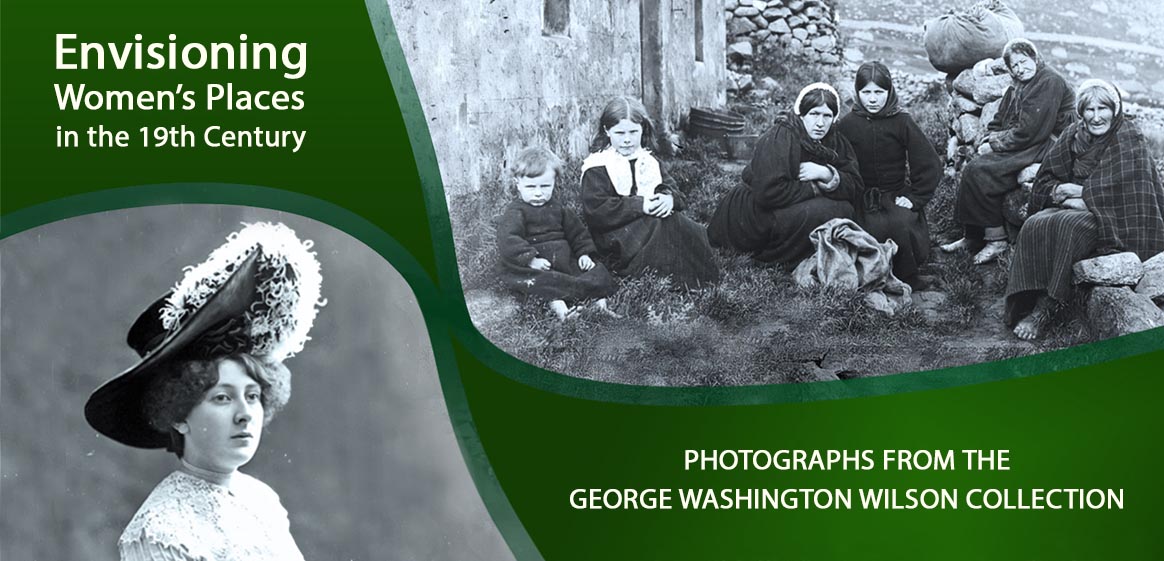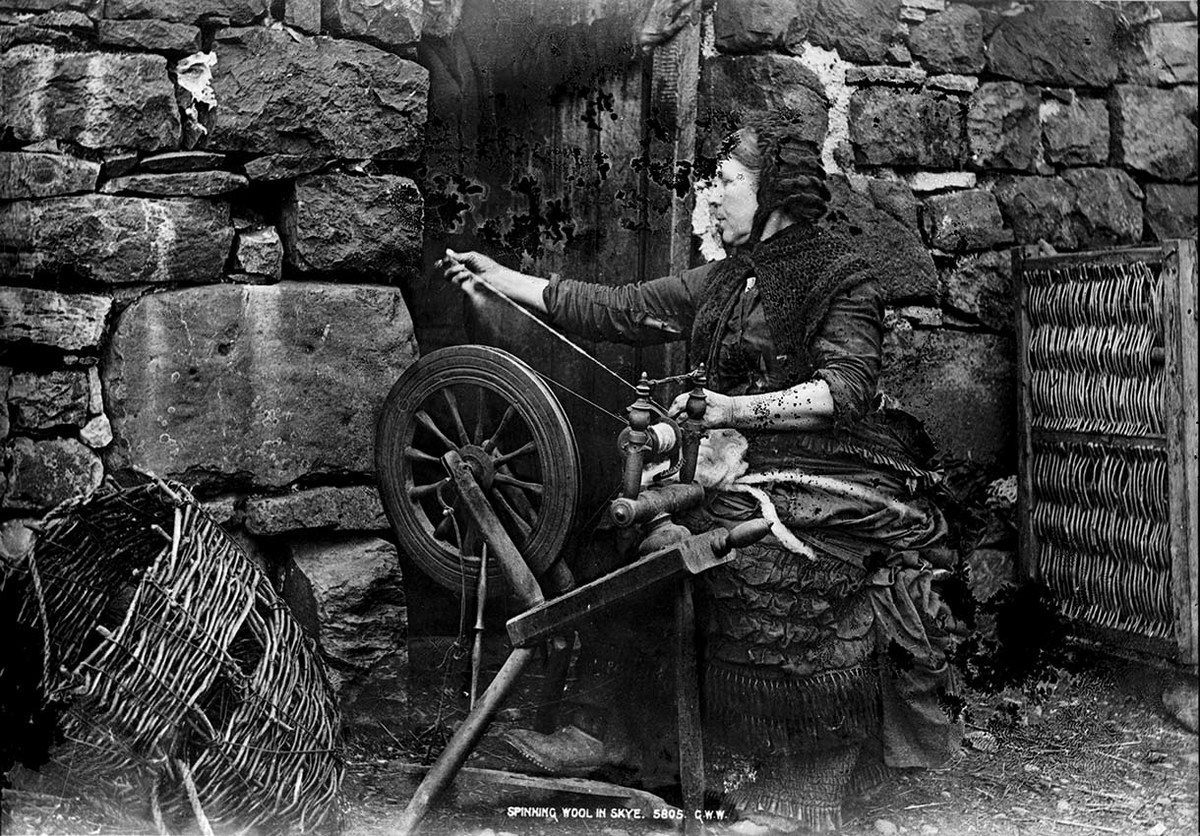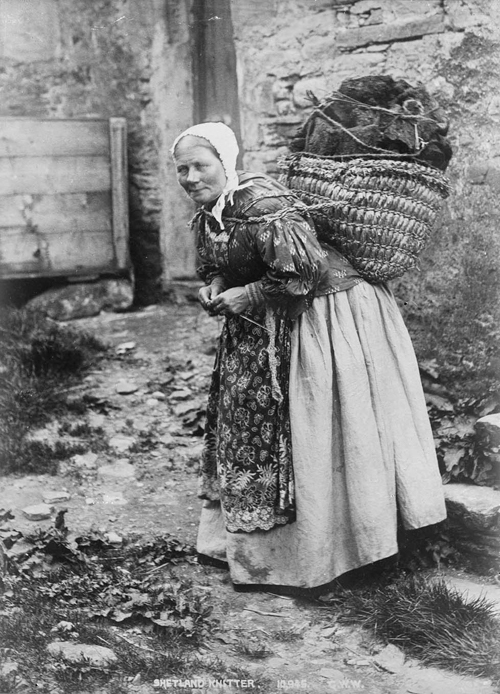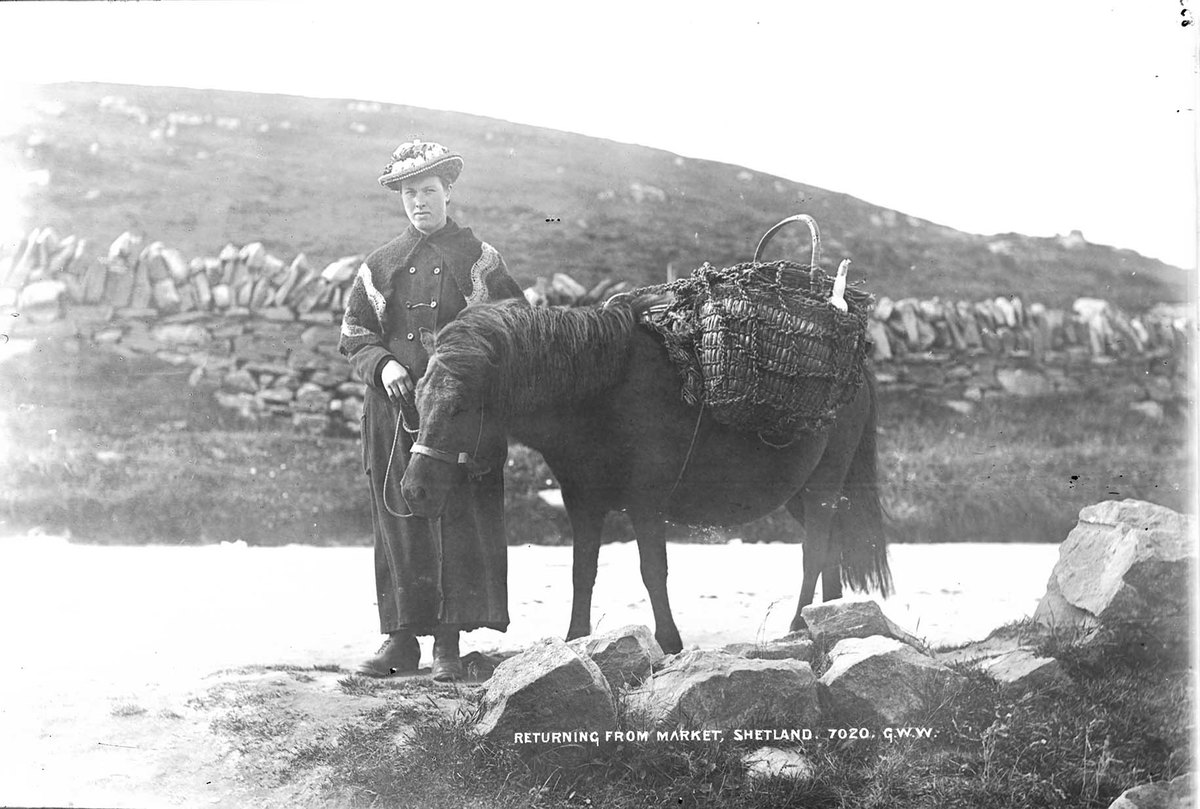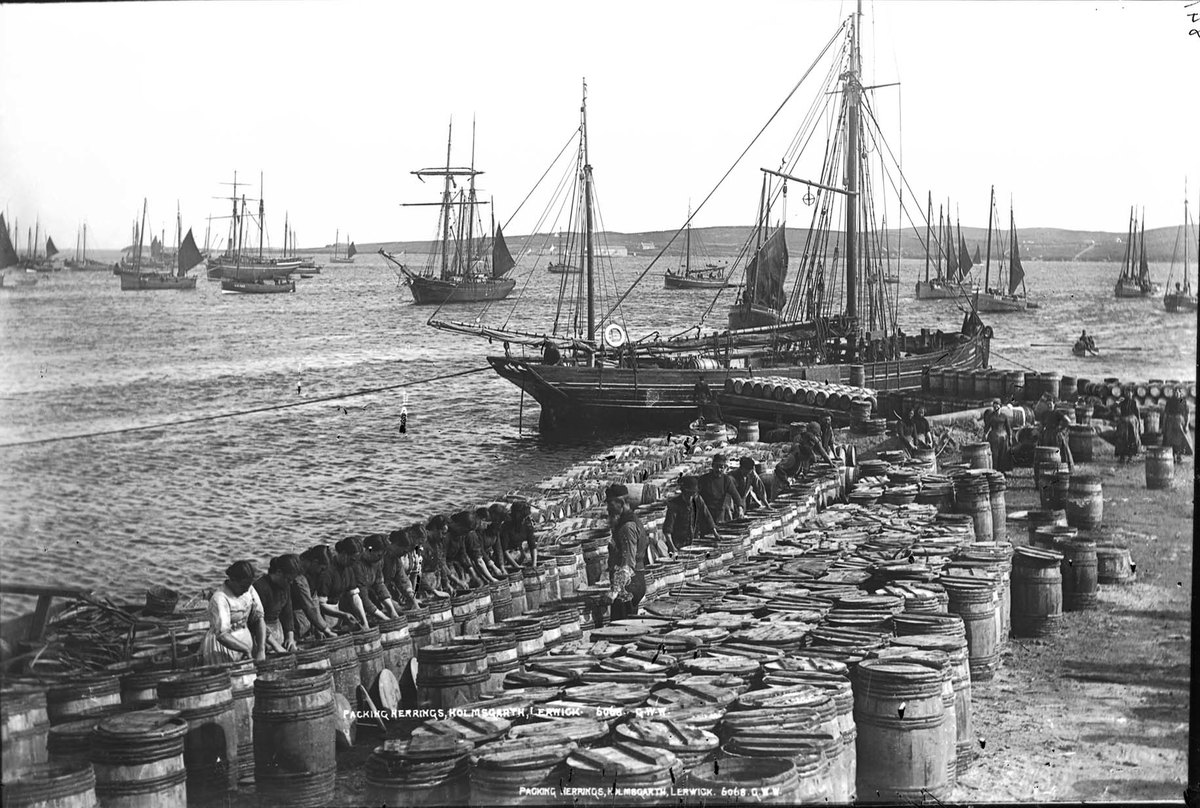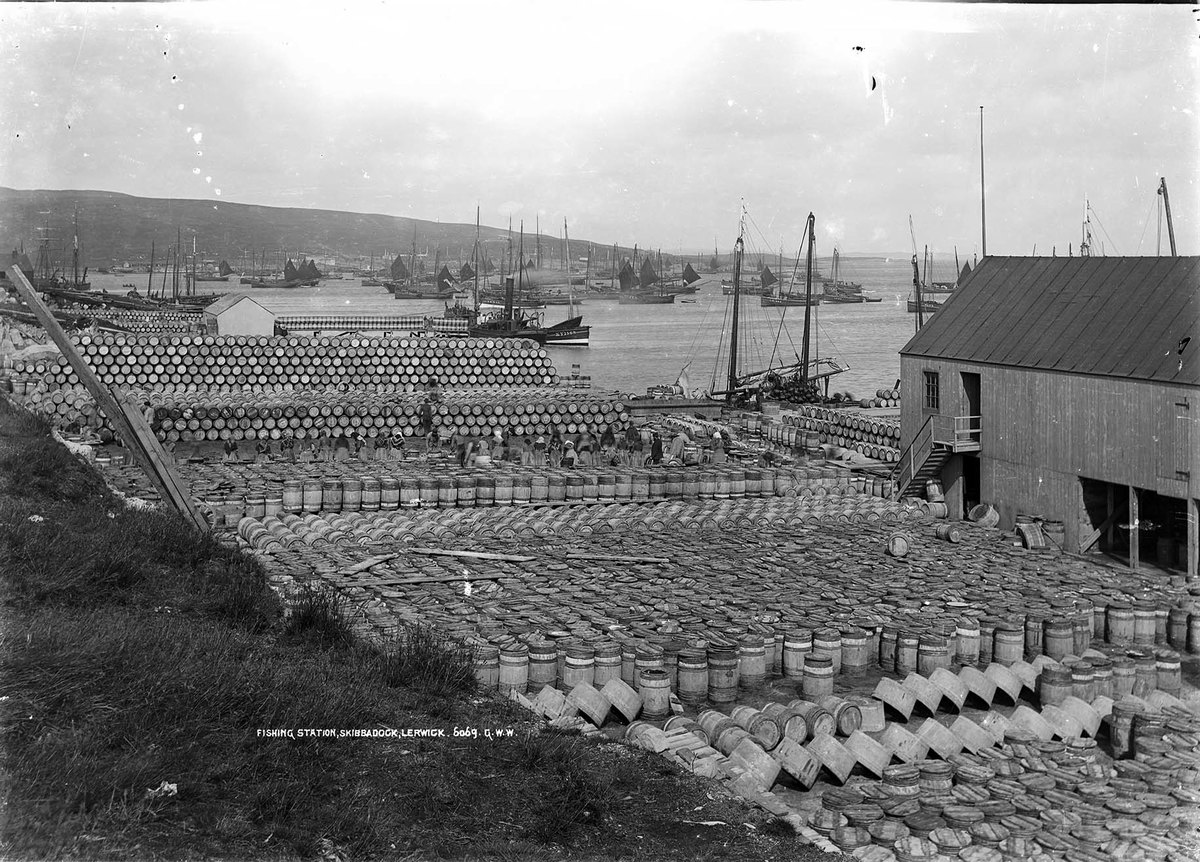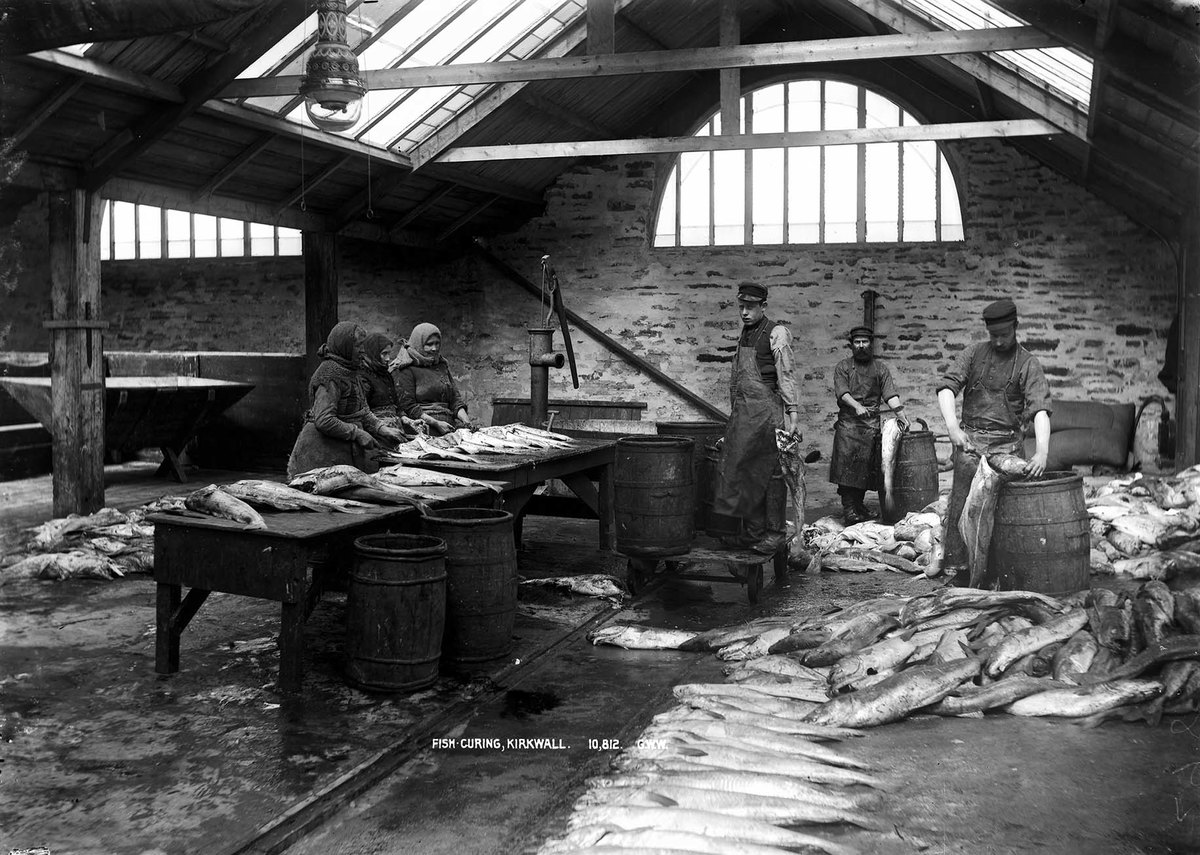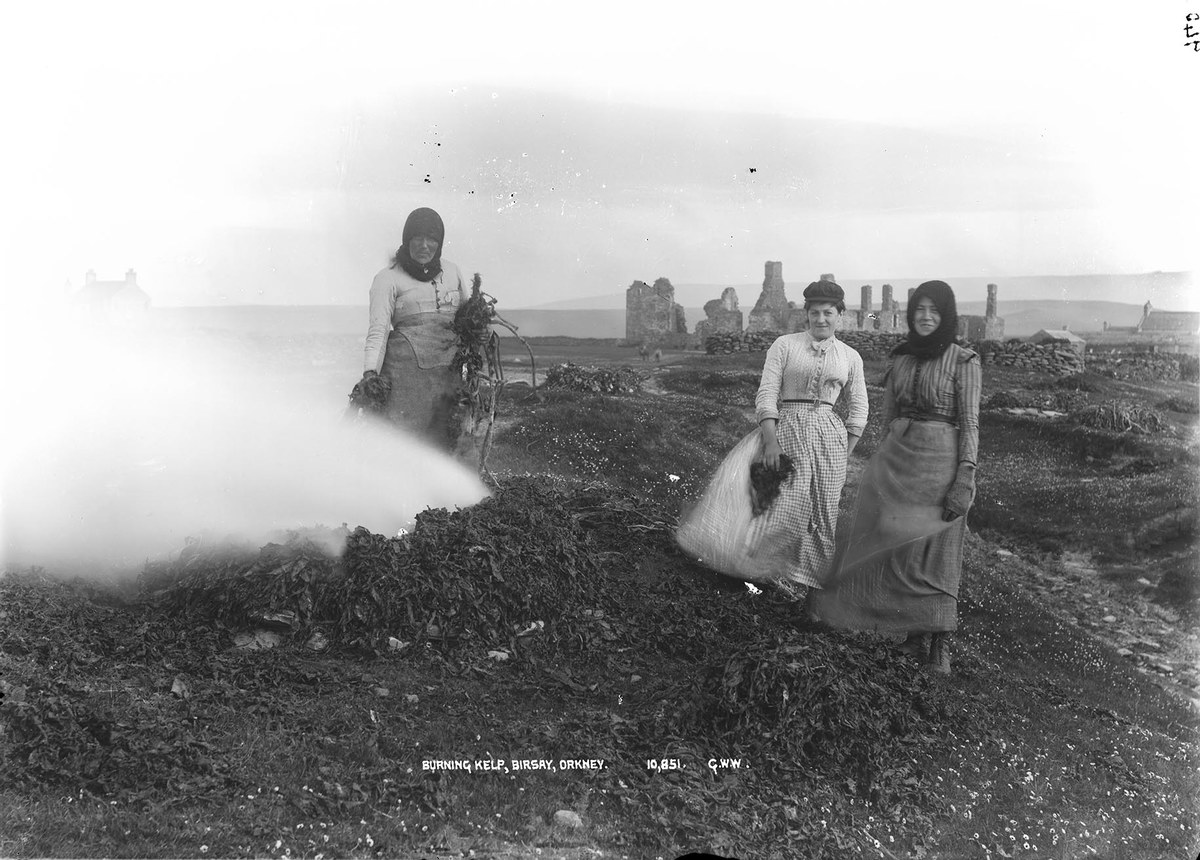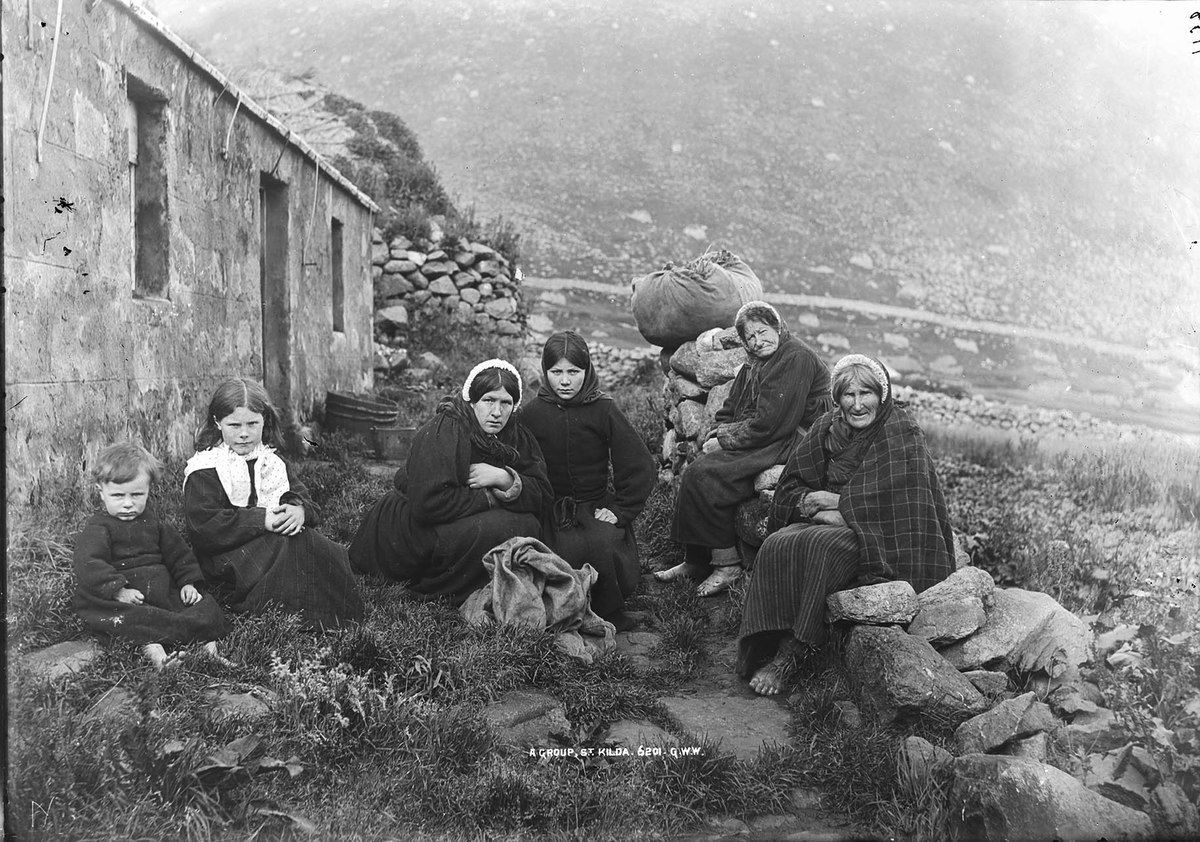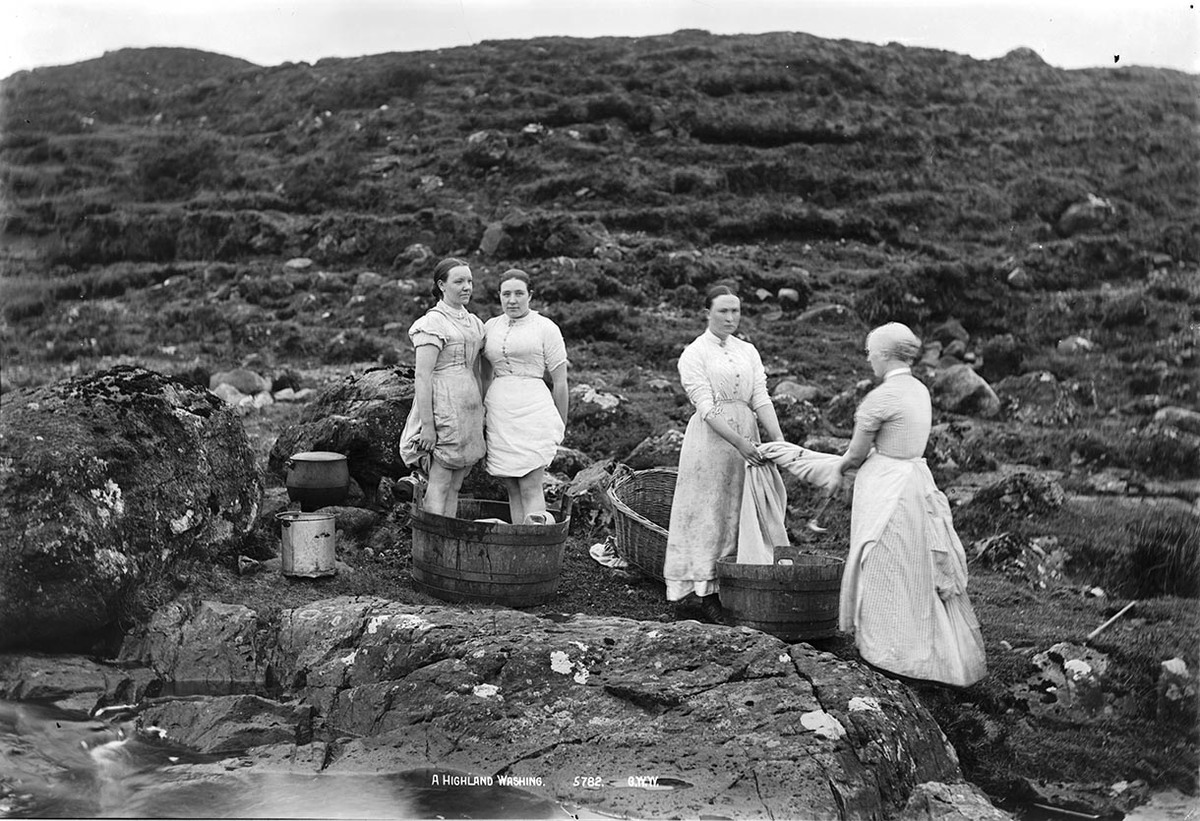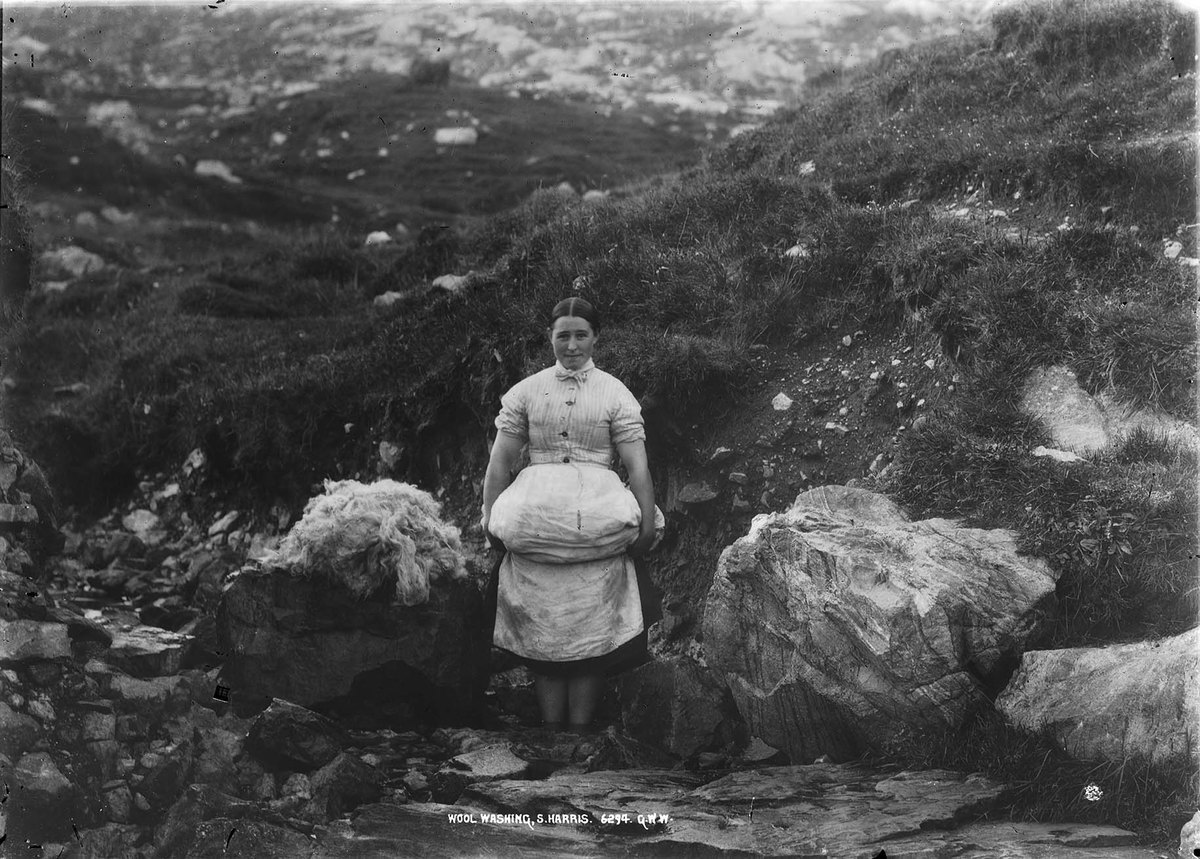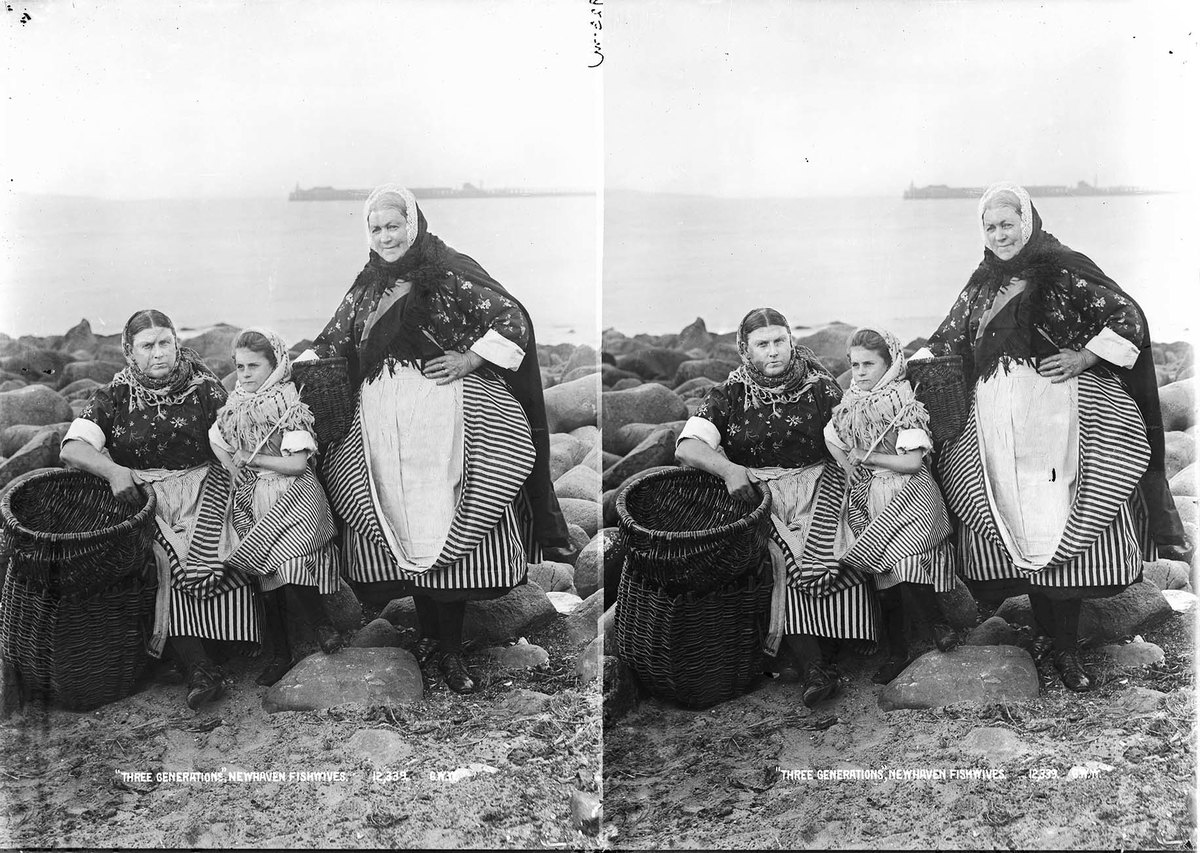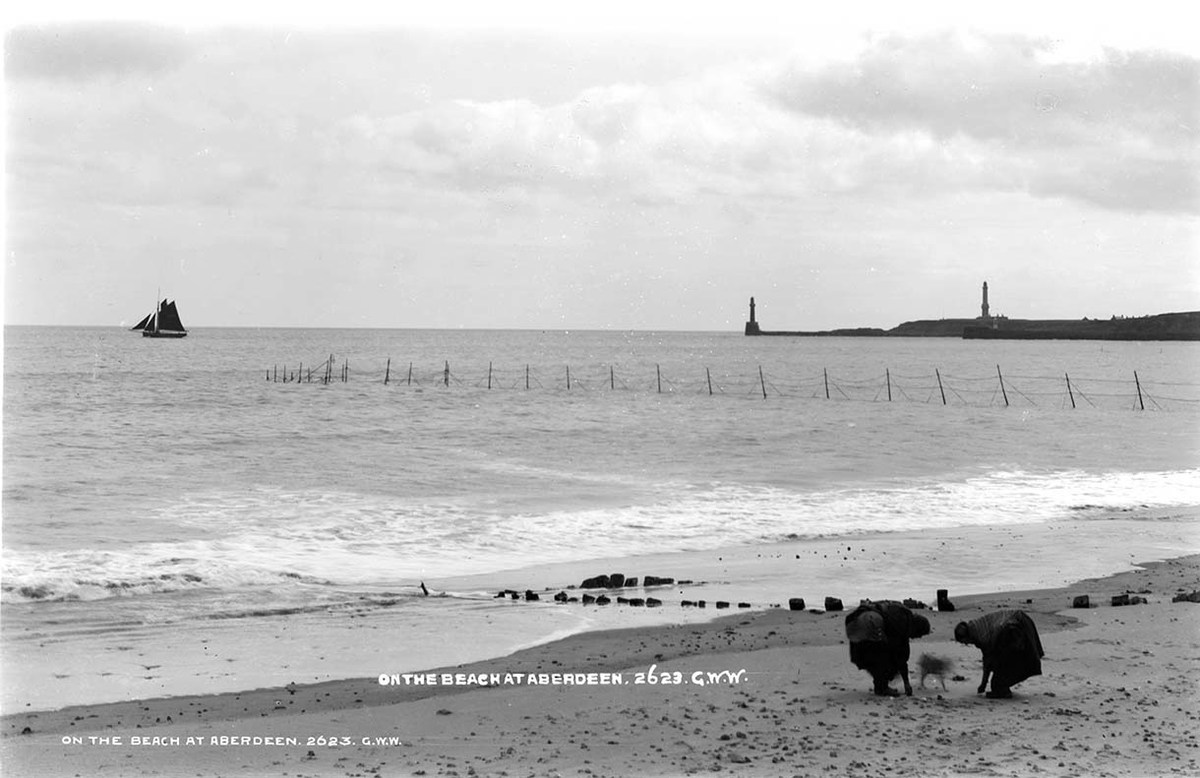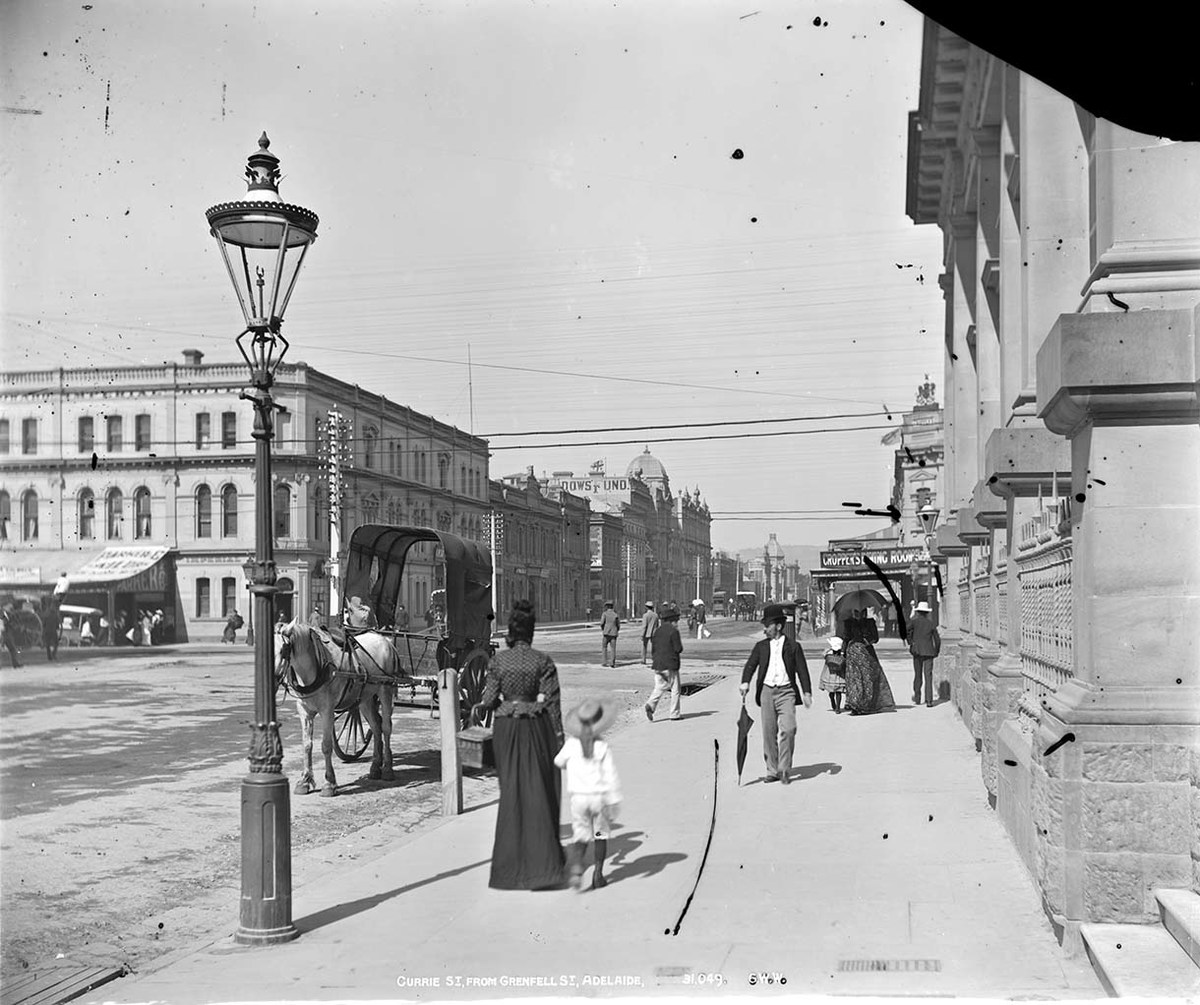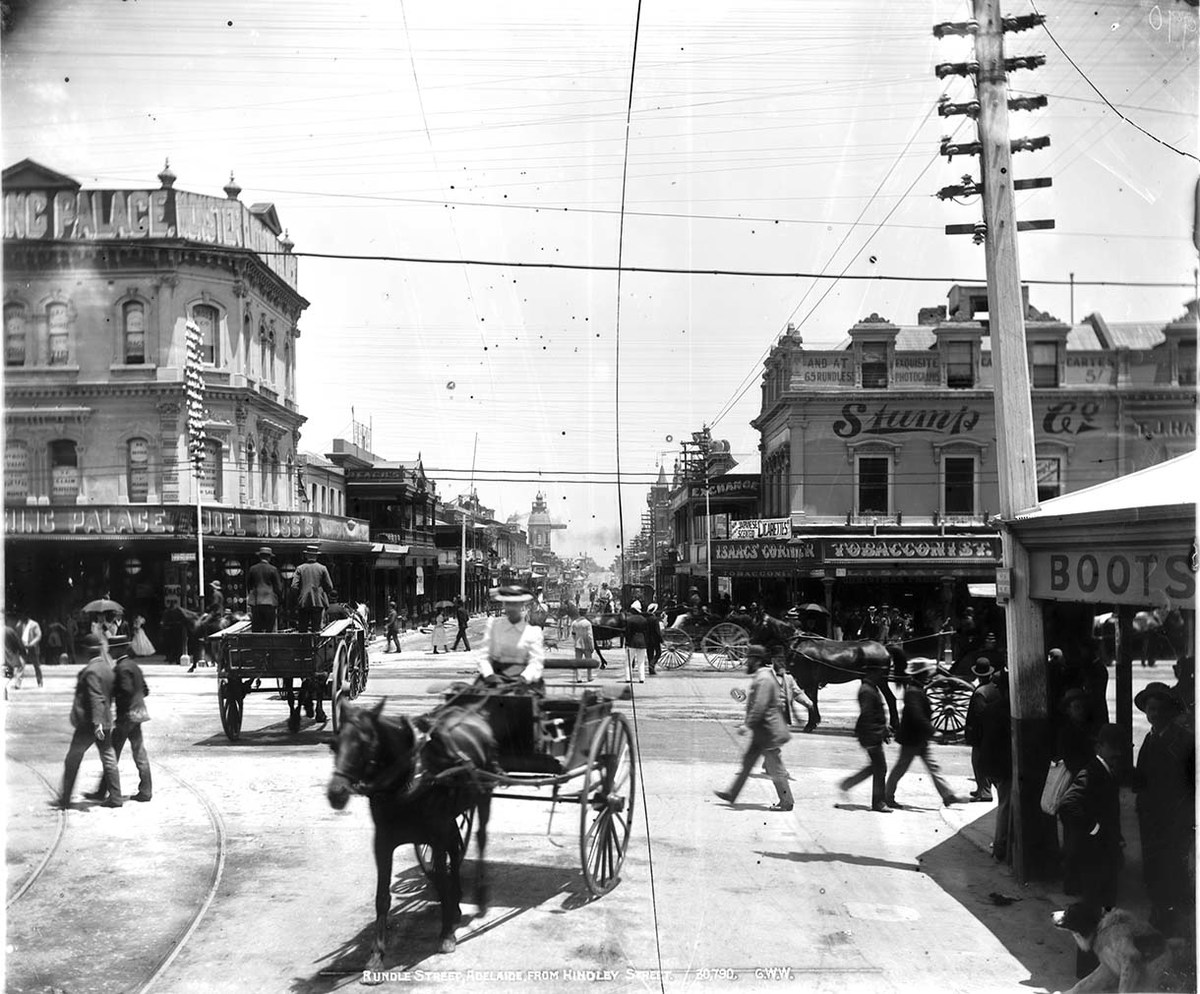Work
The varied and difficult labour that women have carried out throughout history has often gone unrecognised and unpaid.
Life for working-class women, in particular, was arduous in the 1800s, requiring them to strike a balance between running a household, raising children, and earning a living.
Follow the links below each photograph to zoom in on images
In rural communities like those of the Orkney and Shetland Islands, the northernmost parts of Scotland, many women had to learn skills such as peat gathering, knitting, and spinning. They needed these skills not only to earn a wage, but for the survival of their households.
In the 1880s George Washington Wilson visited St Kilda, in the Outer Hebrides of Scotland, and documented the hard lives of its isolated inhabitants. There was a community on St Kilda for at least 4,000 years, until the 1930s, when the remaining islanders were no longer able to make a good living there, and were eventually evacuated.
Different kinds of work existed for women in towns and cities.
Known for singing while they worked, the fishwives of Newhaven in Edinburgh, carried fish from the harbour to the city centre to be sold. These women played an important part in the local economy.
Women who didn’t earn wages nonetheless often worked hard in caring and domestic roles.

